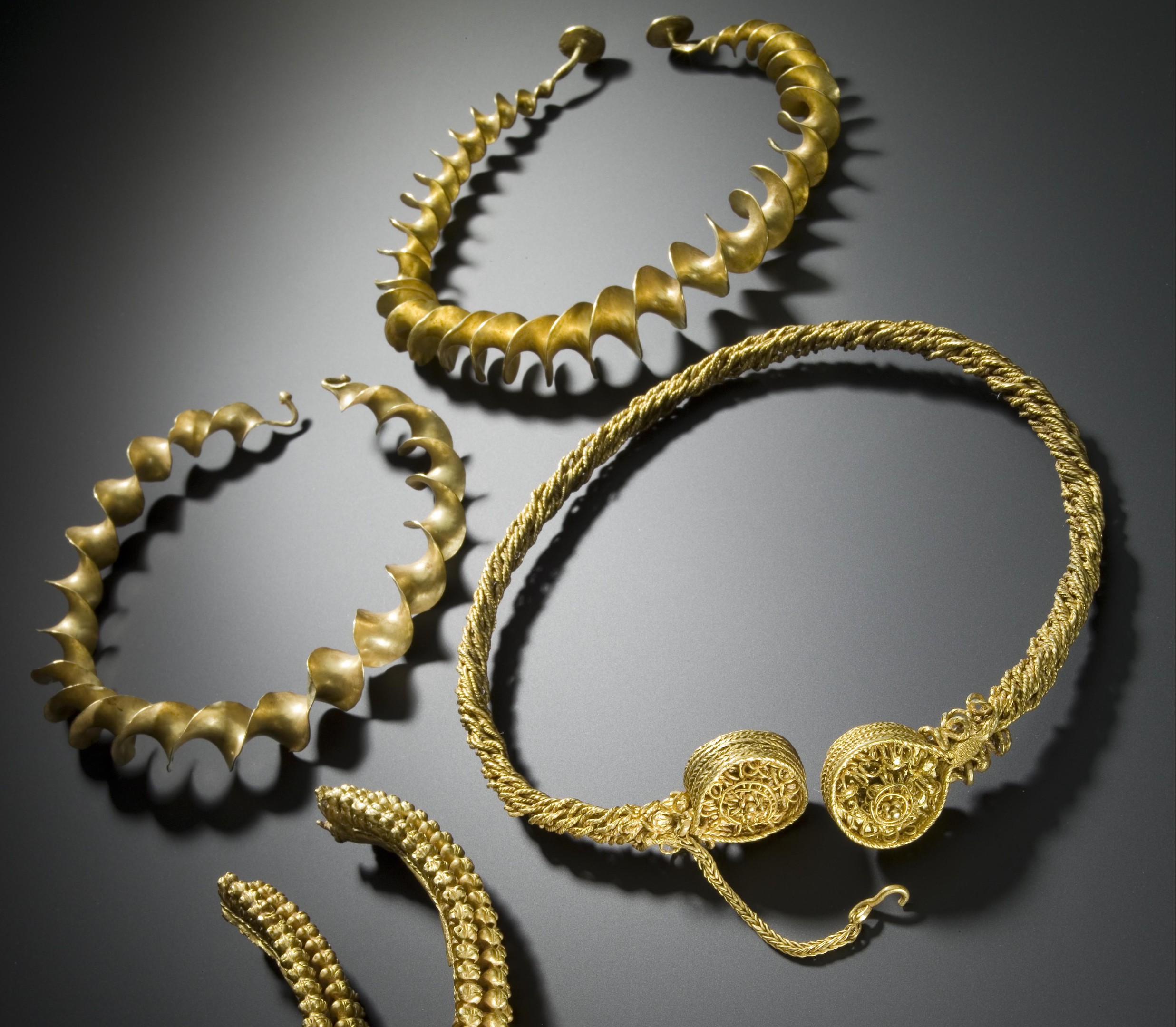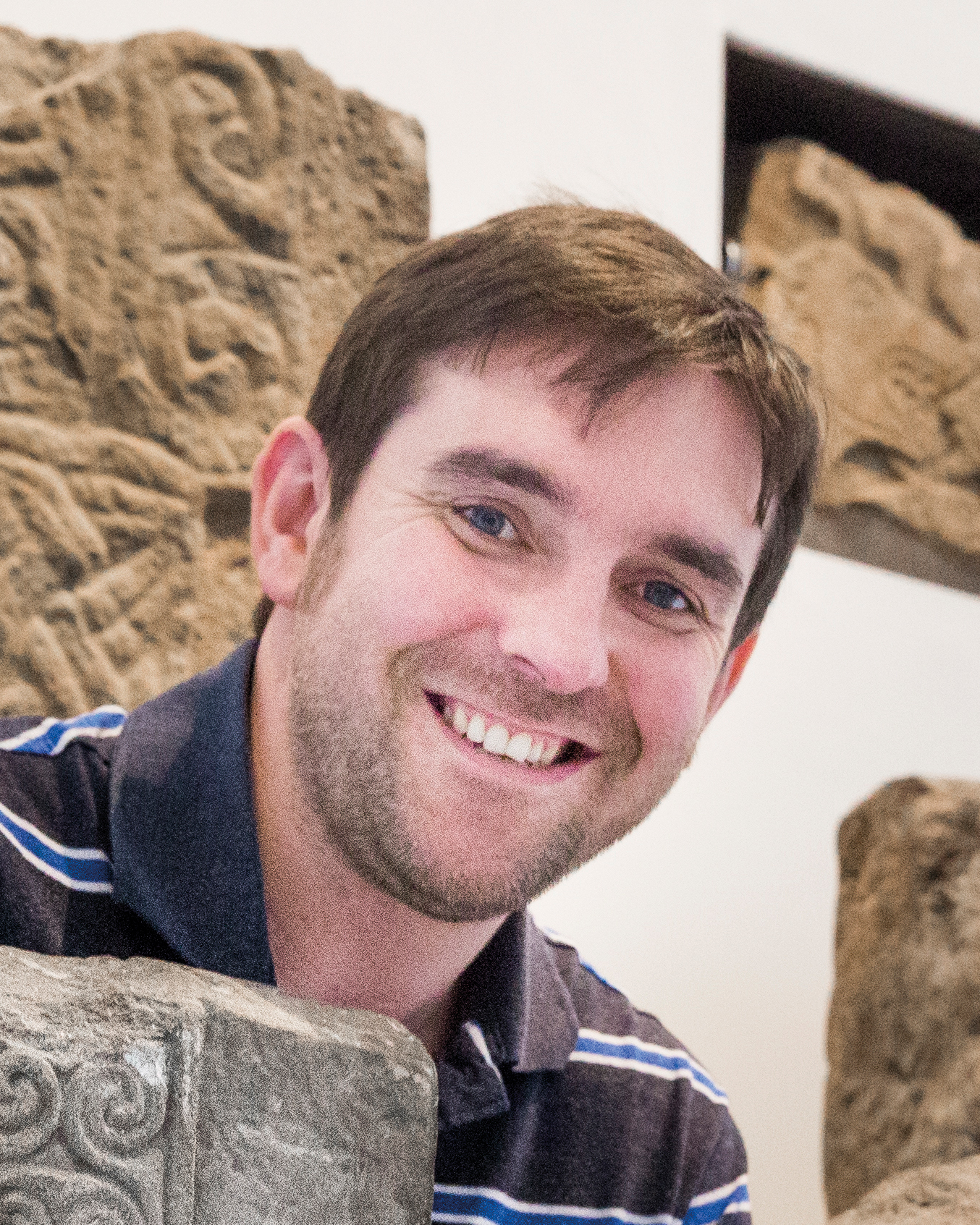
Dr Martin Goldberg, the museum’s senior curator of archaeology, told Bill Gibb The Honest Truth about the Celts.
Who are the Celts?
Celts and Celtic have meant different things at different times.
Today, the Celts are most often associated with a modern identity based on Celtic languages that survive in Britain and Ireland.
In ancient Europe, different people spoke related languages which scholars in the 18th and 19th Centuries defined as Celtic based on ancient Greek and Roman authors who, from 500BC, recorded people to the north called Celts.
For 1,000 years (500AD-1500) the terms fell from use – nobody was called a Celt, and nobody called themselves Celtic.
So why do we still talk about Celts now?
European scholars rediscovered Celts in the writings of the ancient Greeks and Romans.
But much of this work was romanticised or highly speculative. Nevertheless, this modern Celtic revival formed a powerful sense of shared identity which still shapes many of our ideas about Celts today.
Sounds like there are a lot of myths around Celts?
Indeed. Many popular misconceptions are based on Victorian stereotypes. Our knowledge has improved greatly over the last 150 years and decorated objects can provide windows into the world of the people who made and used them.
So what do we know now?
Recent archaeological research suggests there was no single Celtic people or ancient homeland.
However, there were extensive contacts across prehistoric Europe which can be seen in language and shared styles of art.
A distinctive style which we call Celtic art came into use from about 450BC until the Roman period (from 150BC).
Who was it for, and what did it mean?
Not everyone would have had access to Celtic art. These decorated objects tell us about high-status connections across Europe. These were not just pretty decorated objects. Decoration gave objects power, which people used to show their status, connections and beliefs.
These complicated styles of Iron Age Europe are deliberately difficult to understand, with abstract hints of animals and plants in the designs probably reflecting people’s beliefs, although these are now very hard to reconstruct.
Was this deliberate or were they just not very good at making stuff?
No, the skills of ancient craftworkers are phenomenal. The objects are among the finest of the ancient and medieval worlds.
Did it all end with the Romans?
No, although you start to see distinctive styles emerge in Britain and Ireland during the Roman period, which was partly a reflection of the fact that the Romans never fully conquered or settled these lands.
These styles flourished in the early medieval period, until about 1000AD. It’s only with the coming of Christianity that you really see the kind of swirly interlaced patterns most people think of as Celtic art, the sort you see in most gift shops.
What will people be able to see in the Celts exhibition?
We’re lucky to be able to bring together over 350 objects from over 2,500 years – the best of our collections and those of the British Museum as well as tremendous loans from across the UK and Europe. Beautiful torcs, amazing jewellery, metalwork and pottery, statues and stone carving and intricate manuscripts and artworks.
For more information on the exhibition at the National Museum of Scotland in Edinburgh visit www.nms.ac.uk/celts
READ MORE
Five thousand years of Scottish history ready to be explored
The National Museum of Scotland to display the most beautiful teapots you will ever see

Enjoy the convenience of having The Sunday Post delivered as a digital ePaper straight to your smartphone, tablet or computer.
Subscribe for only £5.49 a month and enjoy all the benefits of the printed paper as a digital replica.
Subscribe